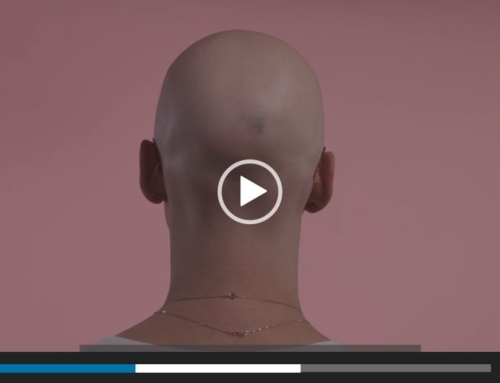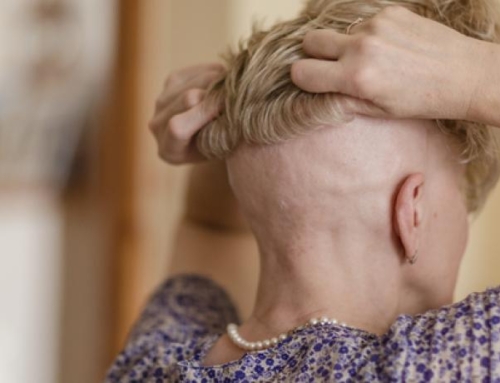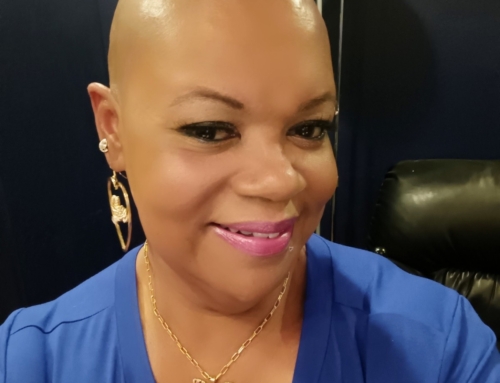
Look for sunscreens that are SPF 30 or higher for best protection.
With the long-awaited sunny weather finally here, many of us will be spending plenty of time outside soaking up some rays! Though there are many health benefits to being outside in the sun and fresh air, it is important that we practice sun safety while doing so.
Sun safety refers to the practice of using sunscreens and physical barriers like hats and clothing to protect our skin from long-term exposure to the ultraviolet (UV) rays emitted by the sun. There are three types of UV rays: UVA, UVB, and UVC. The ozone in the atmosphere blocks UVC rays from reaching us on the earth’s surface, which is important because they are severely damaging. UVA and UVB are the two rays that reach us, with UVA contributing to visible signs of skin aging, and UVB responsible for sunburns. UVB is also responsible for converting the cholesterol in our skin to vitamin D3 (Nair & Maseeh, 2012). Chronic, unprotected exposure to both UV rays increases our risk of sunburns and developing different types of skin cancers (Canadian Dermatology Association, n.d.).
Everyone should practice sun safety, regardless of their skin tone, but it is particularly important for people with alopecia areata. The hair on our head provides our scalp with some protection against the sun’s UV rays (de Gálvez et al., 2015), so when we lose some or all of this hair to alopecia areata we also lose this protection.
When out in the sun for long periods of time it is important that we apply a good sunscreen to any exposed skin, which typically is our faces, necks, arms, legs, and possibly scalps. Sunscreens come in many formulations. There are creams, lotions, serums, sprays, and rub-on sticks. The formulation is not so important; what matters most is its sun protection factor (SPF) and how it makes our skin feel. The sunscreen you use should have an SPF of 30 or higher, and you should reapply it every 2 hours that you are outside. If you are swimming or sweating excessively, aim to reapply the sunscreen every 80 minutes that you are outside (1 hour and 20 minutes).
If you plan to wear a sun hat while outside, there isn’t much of a need to apply sunscreen to your scalp. However, if you will not be wearing a sun hat, then you should be using sunscreen. The type of sunscreen you use will depend on how much hair you have on your head. If you are completely bald, you may choose to use a cream or lotion sunscreen. If you have patchy hair loss, you may prefer a spray sunscreen. Individuals who have hair on their arms and legs may also find it easier to use a spray sunscreen on those areas. No matter where you’re applying the sunscreen, always make sure to use enough to completely cover the entire area.
On a final note, there are many different sunscreen brands to choose from. As with the type of formulation, the brand you choose is not important. Some brands cost as little as $10, while others cost more than $40. Expensive does not mean more effective. Choose the sunscreen that works best for you and roll with it! Also be sure to wear sunglasses to protect your eyes!
Have (safe) fun in the sun this summer!
Anthony Gilding, Director of Science and Research Communication




